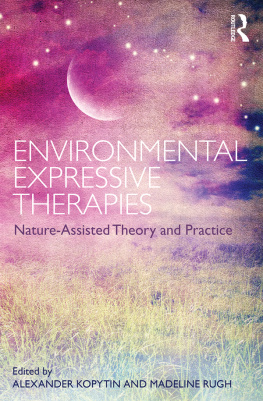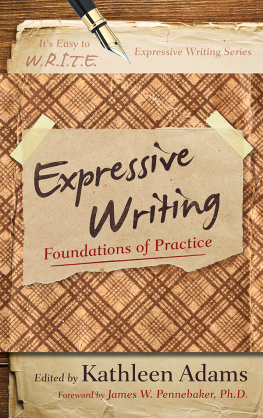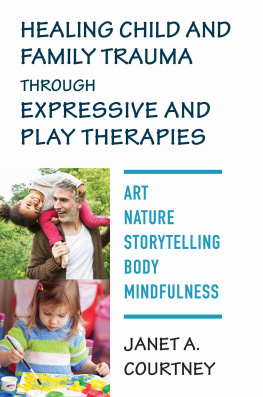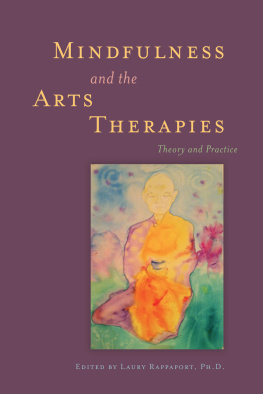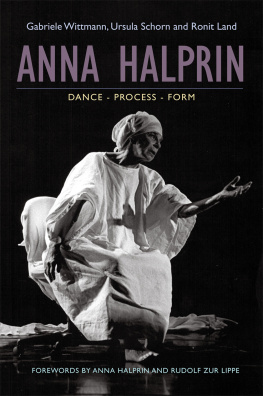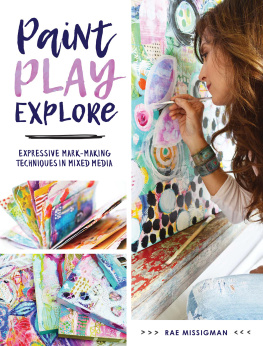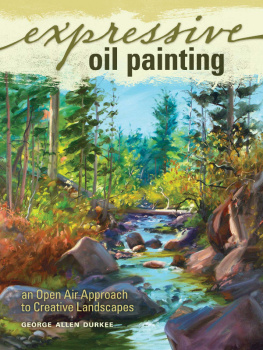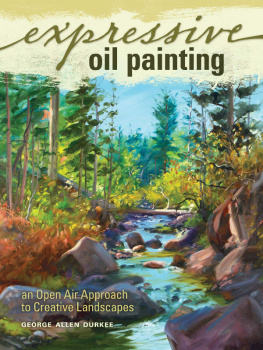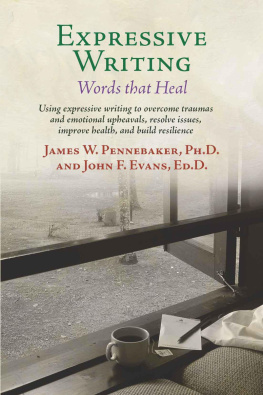First edition published 2017
by Routledge
711 Third Avenue, New York, NY 10017
and by Routledge
2 Park Square, Milton Park, Abingdon, Oxon, OX14 4RN
Routledge is an imprint of the Taylor & Francis Group, an informa business
2017 Taylor & Francis
The right of the editors to be identified as the authors of the editorial material, and of the authors for their individual chapters, has been asserted in accordance with sections 77 and 78 of the Copyright, Designs and Patents Act 1988.
All rights reserved. No part of this book may be reprinted or reproduced or utilised in any form or by any electronic, mechanical, or other means, now known or hereafter invented, including photocopying and recording, or in any information storage or retrieval system, without permission in writing from the publishers.
Trademark notice: Product or corporate names may be trademarks or registered trademarks, and are used only for identification and explanation without intent to infringe.
Library of Congress Cataloging-in-Publication Data
A catalog record for this book has been requested
ISBN: 978-1-138-23307-2 (hbk)
ISBN: 978-1-138-23308-9 (pbk)
ISBN: 978-1-315-31045-9 (ebk)
Typeset in Minion
by Apex CoVantage, LLC

Shaun McNiff
Alexander Kopytin and Madeline Rugh are once again taking a lead role in aligning the arts in therapy with nature. This anthology builds upon their Green Studio: Nature and the Arts in Therapy (2016) and makes it clear that the time has come for a new paradigm of health and well-being, one that resonates closely with both creative expression and the whole of life. As the editors emphasize, the arts can be essential contributors to the growing movement toward eco-therapeutic thought and methods. Edith Cobb (1977/1993) was the first to name the creative imagination as an eco-system growing from childhood to then shape subsequent creative expression, and it is assuring to see these ideas maturing and expanding to worldwide practice in the arts, psychology, religion (Tucker, 2003), and other fields.
As we give respect and attention to our physical and natural environments, there is a corresponding effect on our selves. In caring for nature, we repair ourselves and ideally do a better job at this when the objective is not narrowly self-serving, when we view ourselves as caretakers of environments that sustain all of life. This way of thinking about well-being is distinctly different from the more self-centered perspectives that often permeate psychology with little recognition of the reciprocal influences between personal actions and environmental forces.
Eco-centric thought and methods restore lost relations with what this book calls earth-based values, principles that define the cosmologies of indigenous peoples throughout the world and inform the contemporary call for a deep cultural therapy (Berry, 1988, p. 206) that is needed to address the serious threats posed by the one-sided assumption that nature serves us. Peter London was one of the first in our arts therapy community to call attention to these issues in Drawing Closer to Nature (2003). In the spirit of Thomas Berry, he spoke of how nature is thick with interiority (p. 69) and it elevates us (p. 75) when we care for it. Back to nature is back to reality. It is not a regressive atavism but rather a realization of the importance of being more attuned to what world traditions perceive as the vital and creative energy ( chi/ki/gi , East Asia; prana , India; mana , Polynesia; pneuma , Greece) circulating through all forms of life, large and small (McNiff, 2016) and potentially contributing to a worldwide community of creation.
During the first decade of my work with the arts and therapy I looked beyond exclusive attachment to contemporary psychology to understand art healing. In researching the place of what we might call art medicine in world traditions, present and past (1979, 1981, 1992, 2004), I discovered transcultural elements such as the attribution of illness to soul loss and the persons alienation from physical and interpersonal environments. The art medicines generated by creative expression are innate aspects of nature. I have always felt that art healing, both present and past, happens within creative spaces that support the vital circulation of creative energy and its ability to transform difficulties into affirmations of life. My choice to work in groups and communities is an acknowledgment of how creative spaces act as natures slipstreams supporting all participants in a communal effort to activate and access creative energy inside and outside of ourselves (McNiff, 2003). The physical and emotional aspects of the space work together as an ecosystem in generating creative forces that act upon people. I have always viewed my leadership role as one of cultivating and holding this creative environment and allowing it to do its work, which is much more than any one of us can do alone. In reality the creative space of the studio environment corresponds to the complex of inner spaces within each person. What we do outside has a reciprocal relationship on the inside and vice versa as with the larger web of eco-dynamics, which in my view offers the most empirical and supportive paradigm for creative expression, health, social relations, and care for the physical world.
As in nature, the creative space of artistic expression engages the whole spectrum of elements and forceslight and dark, positive and negative, gentle and tumultuous. Destruction can have its place too, as young children demonstrate when joyously making their play constructions fall apart before creating something new (McCarthy, 2012).
Everything large and small, visible and hidden, contributes to the process of total art expression ( Gesamtkunstwerk ) as in the ecosystems of nature. The sensory dimensions of artistic expression are arguably a necessity in realizing a more complete alignment with the creative processes of nature and restoring the soul loss resulting from alienation from the rigorous and sustained physical activity that has always connected us to our earthly origins and existence. The authors in this book offer many different ways of restoring healthy and creative contact with these eco-functions. And the editors create a slipstream effect generated by the creative space of the whole book, making it yet another ecosystem of vital and life-sustaining energy that will impact others.
Within the context of art and nature I am particularly attracted to connections with animals and their intelligences and sensibilities, relationships that have been incrementally lost through history. For example my surname from the Celtic, Mac-Cu-Duibh, son of a black dog, once had a close kinship with the animal realm, now erased through translation into English.
The wild animals and creatures of nature can help us preserve the most original and vital forces within our creative expression. Rather than simply attributing this wildness to bestial and feared elements that must be controlled, tamed, or extinguished, the arts can lead the way in helping us be more sensitive, agile, and resourceful humans. In our 1986 dialogue on art therapy James Hillman emphasized the instructive and numinous nature of animal experience:
The most important dreams for me are those with animals. I am not as interested in parents as in animals. I go after the animal. The animal knows what it wants; it has a nose, modes of protection; it is ecologically in the world.
(McNiff, 1986, p. 107)
What a difference this approach offers from the conventional psychological reductionism still prevalent today that reduces our artistic expressions of animals to base instincts and impulses.

